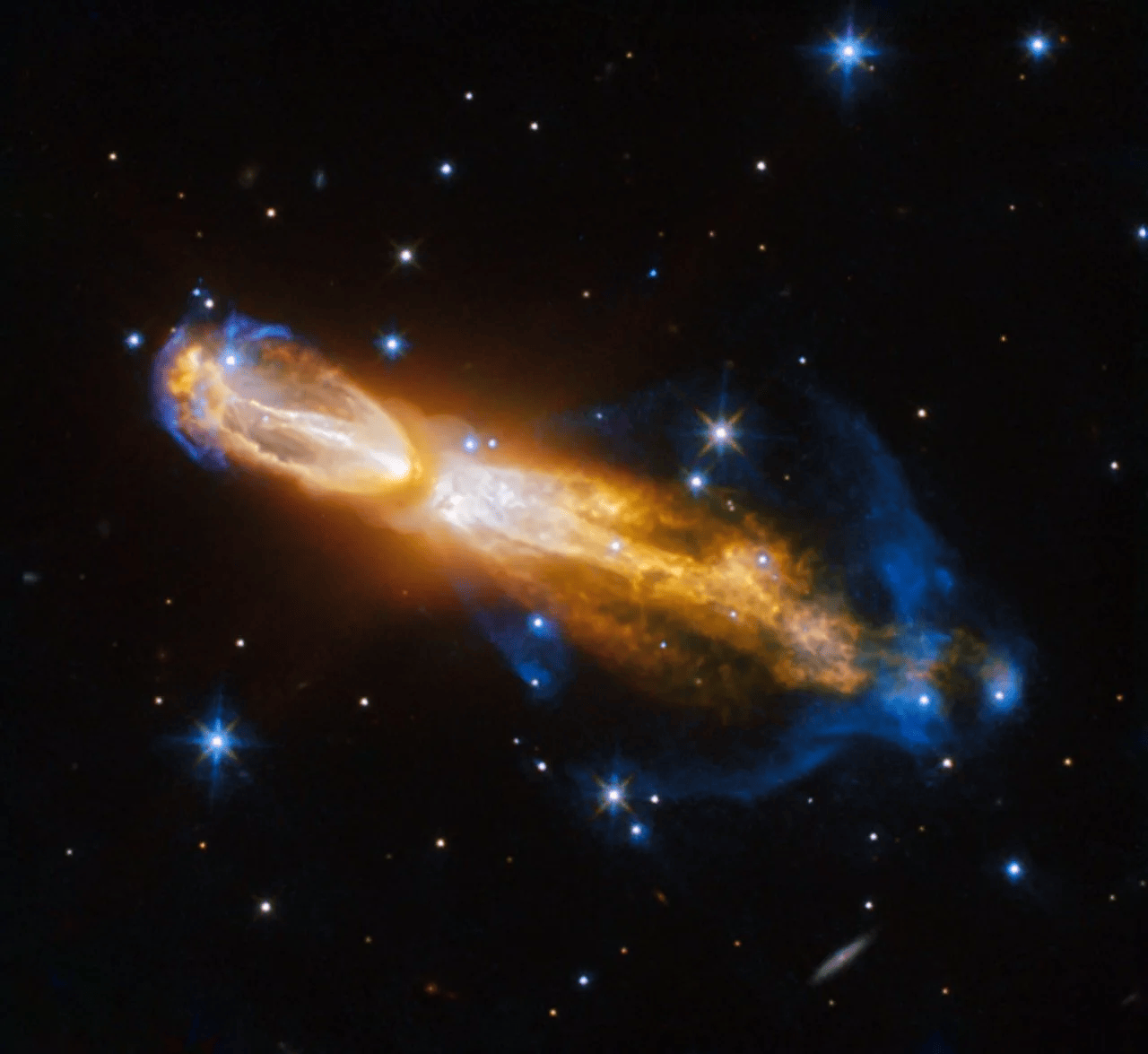Calabash Nebula: A Journey Through Space and Time
The Calabash Nebula, also known as the Rotten Egg Nebula, presents a cosmic spectacle that captivates astronomers and space enthusiasts alike. Located approximately 5,000 light-years away in the constellation of Puppis, this nebula offers a rare glimpse into the final stages of a star’s life cycle. This article delves into the fascinating aspects of the Calabash Nebula, unraveling its mysteries and significance in our understanding of the universe.
What is the name of the Calabash Nebula?
The Calabash Nebula has three names! It’s most commonly known by its descriptive name, the Calabash Nebula, referencing its resemblance to the gourd. However, it also has a more technical name, OH 231.8+4.22, and a less flattering nickname, the Rotten Egg Nebula, due to its high sulfur content.
Discovery and Observation: A Window to the Stars
The Calabash Nebula, designated OH 231.8+04.2, has been a subject of interest since its discovery. The advancements in space telescopes, particularly the NASA/ESA Hubble Space Telescope, have enabled astronomers to observe this nebula in unprecedented detail. These observations provide crucial insights into the nebula’s composition, structure, and dynamic processes at play.

Who discovered Calabash Nebula?
William Herschel discovered the Calabash Nebula in 1786 using his 18.7-inch reflecting telescope with a focal ratio of f/13. This telescope featured a mirrored “speculum” instead of a traditional lens, which was a hallmark of Herschel’s innovative designs. This telescope, during its era, was notably substantial and highly potent, enabling him to uncover remarkable celestial phenomena such as the Calabash Nebula, Uranus, and a multitude of other nebulous formations and star clusters.
The Phenomenon of Stellar Transformation
At the heart of the Calabash Nebula’s allure is the process of stellar evolution. This nebula beautifully showcases the remarkable journey of a low-mass star, much like our Sun, as it undergoes a profound transformation from a red giant into a planetary nebula. As this star approaches the final chapter of its life, it gracefully releases its outer layers, giving rise to an ever-expanding shell of mesmerizing gas and dust. This ejection process happens at remarkable speeds, close to one million kilometers per hour, showcasing the volatile nature of this cosmic event.
The Calabash Nebula’s Unique Composition
What sets the Calabash Nebula apart is its distinctive composition. It is rich in sulfur, an element that, when combined with other elements, resembles the odor of rotten eggs. This unique chemical makeup not only gives the nebula its nickname but also offers a rare opportunity to study the chemical processes occurring in such environments.
A Spectacular Display of Colors and Shapes
The images captured by the Hubble Space Telescope reveal the Calabash Nebula in all its glory. The ejected material, visible in striking shades of yellow and other colors, is flung into space in opposite directions. This creates a symmetrical, hourglass-like structure, a common characteristic of planetary nebulae but with a distinct appearance in the case of the Calabash Nebula.
How big is the Rotten Egg Nebula?
Length: The nebula measures roughly 1.4 light-years across its longest dimension. This is an enormous size, equivalent to over 8 trillion miles! Consider this for a more engaging perspective: Our solar system, encompassing even Neptune’s far-flung orbit, spans merely 6 light-hours.
Radius: Viewing the nebula as a spherical entity, its estimated radius measures approximately 0.7 light-years. This realm stretches far beyond the immense distance between our sun and Alpha Centauri, our closest neighboring star, a journey that spans approximately 4.24 light-years.
Total Volume: Given its roughly elliptical shape, calculating the exact volume of the nebula is complex. However, estimates suggest it holds a volume of about 7 cubic light-years. This means it could fit over 7 billion solar systems within its boundaries!
The Brief but Significant Phase of Evolution
One of the most intriguing aspects of the Calabash Nebula is the fleeting nature of this phase in a star’s life. Astronomers rarely capture a star in this rapid transformation phase, making the Calabash Nebula a valuable subject for understanding stellar evolution. Over the course of the next millennium, the nebula is anticipated to develop into a fully-formed planetary nebula, offering a dynamic setting for the observation and study of these celestial transformations.
The Role of the Calabash Nebula in Astronomical Research
The study of the Rotten Egg Nebula has broader implications for astronomy. It helps scientists understand the life cycle of stars, particularly those similar to our Sun. The data gathered from observing this nebula contributes to our knowledge of the chemical processes and dynamics that occur in such environments.
Technological Advances and Future Observations
The continuous advancements in space telescope technology promise even more detailed observations of the Calabash Nebula in the future. With missions like the James Webb Space Telescope, astronomers anticipate discoveries that could further unravel the mysteries of this fascinating nebula.
The Calabash Nebula in Popular Culture and Education
Beyond its scientific value, the Calabash Nebula also captures the imagination of the public. Its striking images and the story of a star’s dramatic end contribute to its popularity in media and educational materials, inspiring a deeper interest in astronomy and space science.
Conclusion: A Celestial Treasure Trove
In conclusion, the Rotten Egg Nebula, stands as a testament to the dynamic and ever-changing universe. Studying it deepens our knowledge of celestial events and highlights the immense, enigmatic universe enveloping us. Our ongoing exploration and analysis of the Calabash Nebula brings us nearer to grasping the vast mosaic of the cosmos and our role in it.





